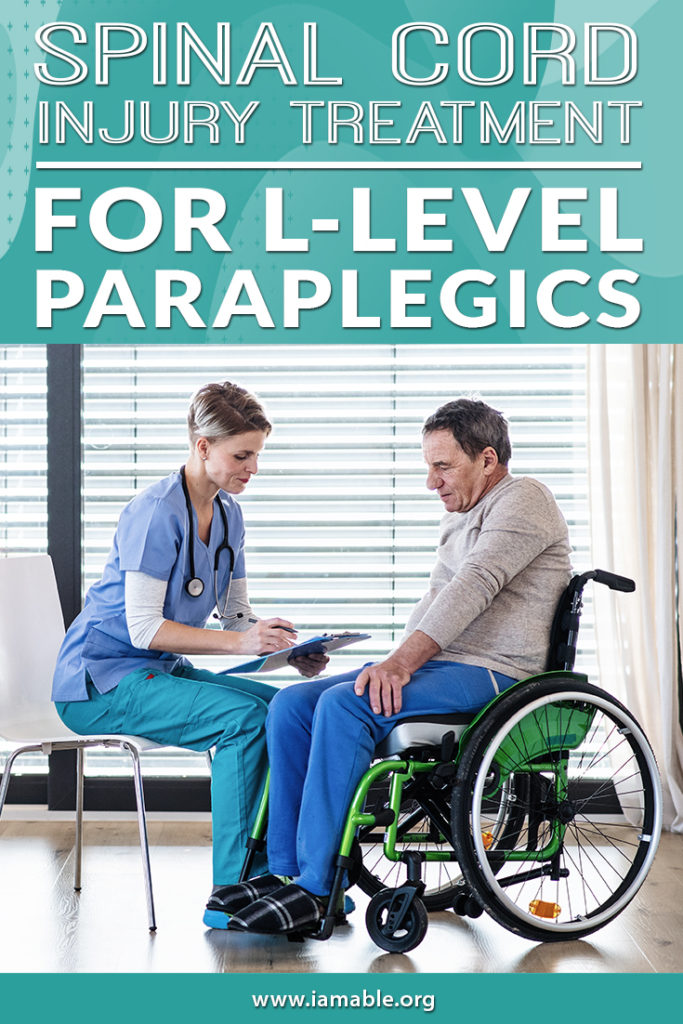Miami, FL 33186

L-level refers to spinal cord injuries that occur in the lumbar region. The lumbar spine contains five bones (vertebrae) located just above the tailbone (coccyx) and sacrum. L-level injuries create issues with leg function. This is because of the muscles that the five lumbar vertebrae control.
Because of this, paraplegia is the usual result of a spinal cord injury in the lumbar region. If you are living with L-level paraplegia, what rehab needs should you be seeking to fulfill? Here are some of the most essential spinal cord injury treatments and recovery therapies for L-level paraplegia.
Occupational therapy focuses on helping you to do everyday things in new ways, depending on the extent of your injury. One of the primary focuses will be on using your upper body to make transfers. This is especially vital if your injury is in the L1 area. If there is an impact on abdominal muscle control, you will need to be able to transfer to and from your chair while keeping yourself upright.
The higher up the injury occurs, the more your physical therapist will need to focus on increasing core strength to allow you to sit up and stay sitting upright. Core strength is also vital if you are able to walk with the assistance of braces (more on that in a minute). Physical therapy may be the most traditional treatment for spinal cord injury, but that is because it is tough to argue with the results. Consider some of the following:
The lower on your spine an injury occurs, the greater chance you have of retaining the ability to walk. However, L4 or L5 injuries are going to cause some issues in the legs and feet. Therefore, braces may be an assistive device that can help you to stand upright and get around safely. At the same time, your physical therapist will help you to gain strength in the muscles that will support you as you walk with braces on your ankles, knees, or hips.
Of course, the real goal of spinal cord injury treatment for L-level paraplegics is to try and restore function, if possible. Activity-based therapy can get the neuromuscular system going and may even help to restore some function. At the very least, the intensive activity is good for heart and lung health as well as strength, balance, and bone density. What are some types of activity-based therapy that can be particularly beneficial for spinal cord injury patients?
Paralysis Recovery: Will You Walk Again After Your Spinal Cord Injury?
Recovery after an spinal cord injury can take years if you want to attain optimal results and maximize your level of independence. This is why you need to prepare yourself for the journey mentally. iAM ABLE is proud to present the eBook 7 Unbelievably Important Steps to Take to Thrive after Paralysis to help you with your journey. We also offer a state of the art SCI recovery facility in Miami, Florida. Our physical therapists are ready to help you through the challenges and triumphs of your journey.
Grab our free e-book 7 Unbelievably Important Steps to Take to THRIVE after Paralysis by clicking the image below.
